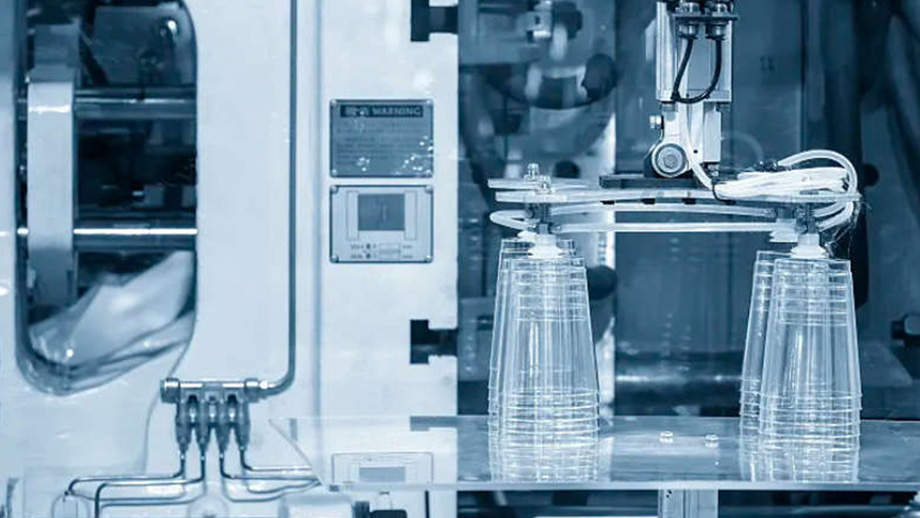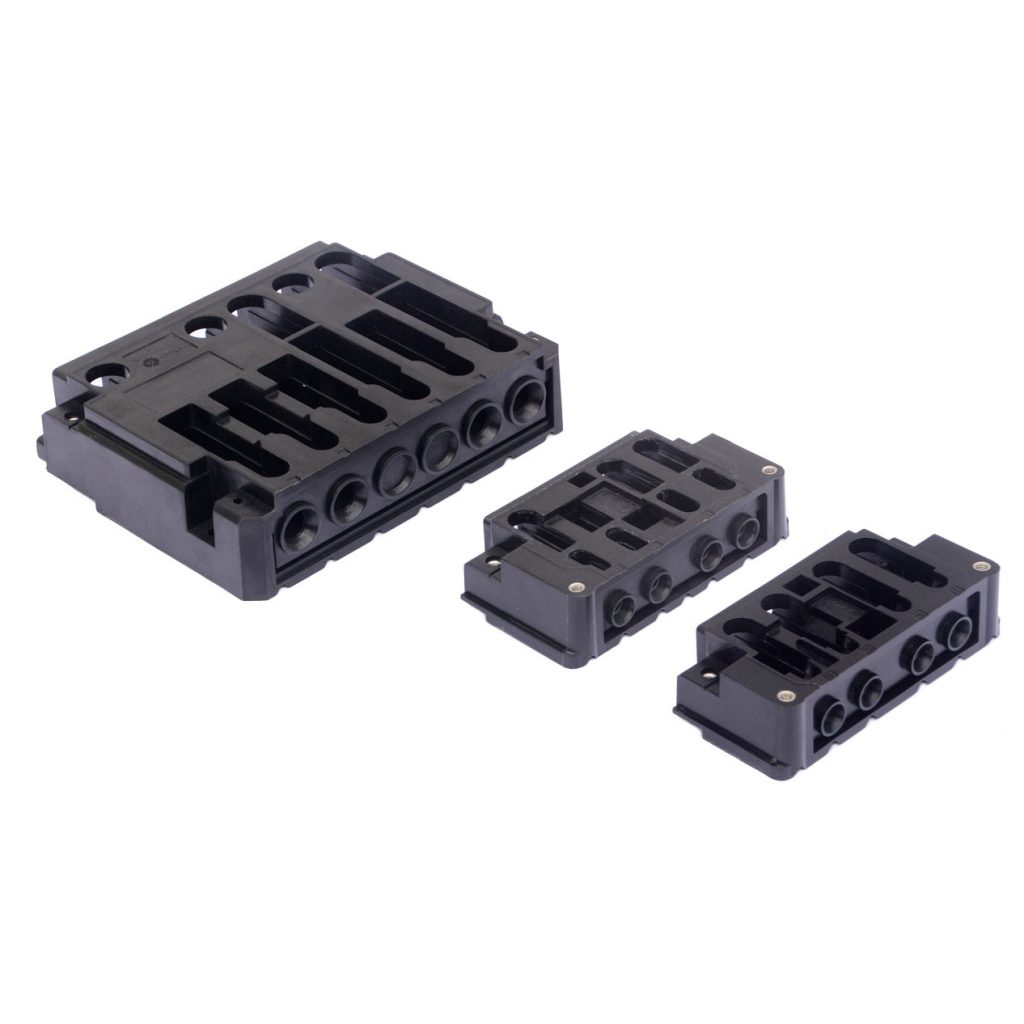As a professional injection molding manufacturer, JS Precision understands the importance of structural design when it comes to creating high-quality containers. The design of an injection molded container plays a crucial role in ensuring its functionality, durability, and aesthetic appeal. In this article, we will discuss some of the key considerations that should be taken into account when designing injection molded containers.

- Material Selection
The first and most important consideration when designing injection molded containers is material selection. The material used for the container will determine its durability, strength, and flexibility. The most common materials used for injection molding are thermoplastics, which can be molded into a variety of shapes and sizes. The choice of material will depend on the specific requirements of the container, such as temperature resistance, chemical resistance, and impact resistance. - Wall Thickness
The wall thickness of an injection molded container is another important consideration. The thickness of the walls will determine the strength and rigidity of the container. Thicker walls provide greater strength and durability but also increase the weight of the container. Thinner walls, on the other hand, reduce the weight of the container but may compromise its strength and durability. The wall thickness should be determined based on the specific application of the container. - Ribbing and Reinforcement
Ribbing and reinforcement are techniques used to strengthen injection-molded containers. Ribbing involves adding ribs or stiffeners to the walls of the container to increase its strength and rigidity. Reinforcement involves adding metal or plastic inserts to the container to provide additional strength. These techniques are particularly useful for containers that will be subjected to heavy loads or frequent use. - Draft Angles
Draft angles are an important consideration when designing injection molded containers. Draft angles are the angles that are added to the walls of the container to allow for easy ejection from the mold. Without draft angles, the container may become stuck in the mold, resulting in damage to the container and the mold. The ideal draft angle will depend on the specific geometry of the container, but a general rule of thumb is to use a draft angle of at least 1 degree. - Undercuts and Threads
Undercuts and threads are features that can be added to injection-molded containers to provide additional functionality. Undercuts are indentations or protrusions in the walls of the container that allow for easy gripping or stacking. Threads are screw-like features that can be added to the container to allow for easy opening and closing. These features can be added to the container during the molding process or by using secondary operations. - Aesthetic Considerations
Finally, aesthetic considerations are an important consideration when designing injection molded containers. The design of the container can greatly impact its overall appeal and marketability. Factors such as color, texture, and branding should be taken into account when designing the container. JS Precision can provide a range of design options to ensure that the container meets the specific requirements of the customer.

In conclusion, the structural design of injection-molded containers plays a crucial role in ensuring their functionality, durability, and aesthetic appeal. At JS Precision, we understand the importance of these considerations and can provide expert guidance to ensure that your container meets your specific requirements. Contact us today to learn more about our injection molding services.
